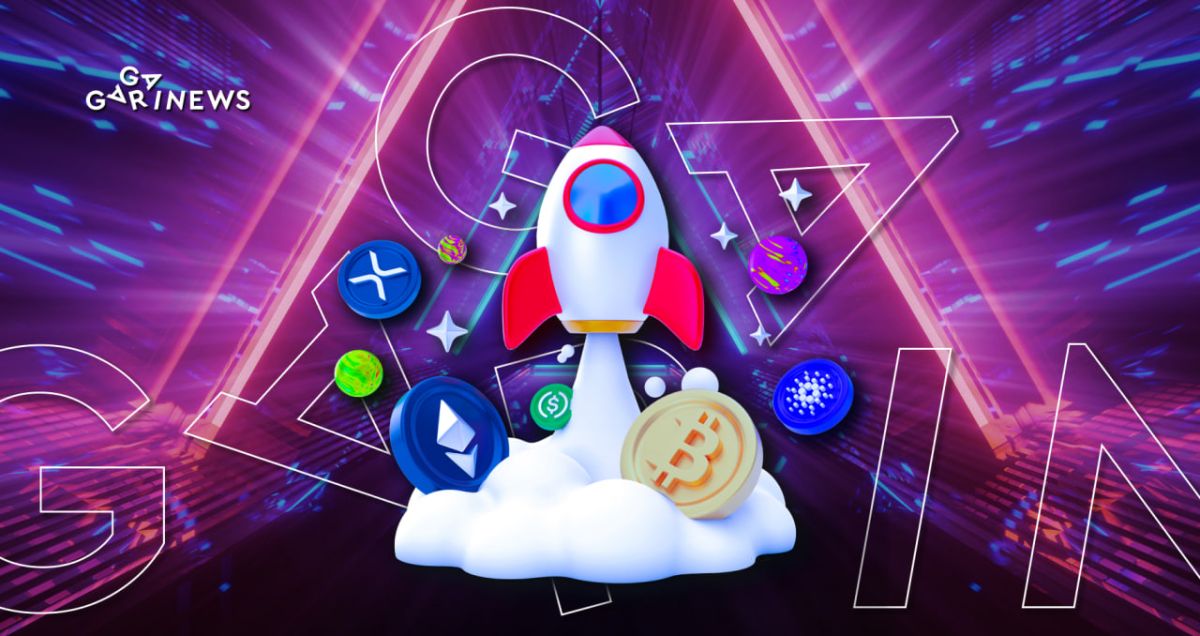ERC-20, BEP-20, TRC-10: what are the token standards?

ERC-20, BEP-20 or TRC-10 are standards for tokens that define their functions and properties within a particular blockchain.
On this page
Most tokens and even some cryptocurrencies are designed in a similar way. This simplifies usage within the same network. All tokens of the same standard are able to communicate with each other and are equally compatible with applications, DeFi-platforms and wallets.
We developed a guide to the most ubiquitous token standards across the cryptocurrency ecosystem.
ERC-20
The first token standard was introduced by a developer of Ethereum-based products. ERC in the name stands for “Ethereum Request for Comments”. ERC-20 tokens possess the essential features of a digital asset, including 6 mandatory features and 3 secondary features:
● Total Supply. Determines token issuance;
● Approve. Provides a token quantity limit and prevents counterfeit coins from being mined;
● Balance Of. Indicates the balance of assets within the wallet;
● Transfer From. Controls the transaction's automation;
● Transfer. Allows sending tokens to other users;
● Allowance. Performs a check to verify the amount of funds required to execute a transaction.
Those 6 properties are identical and mandatory for each ERC-20 token. The remaining 3 (the name of the coin, its short ticker and the number of decimal places) serve as custom configuration for each token.
ERC-20 addresses start with ‘0x' and have 42 characters in an asset. Not only does this type of token apply to Ethereum, but also to some other blockchains with EVM architecture (e.g., Polygon).
BEP-20, TRC-20
The majority of smart contracts for token issuance are similar across a variety of networks, either because of the same programming language or because of the same architecture. Thus, there is not much difference in the standard of tokens.
BEP-20 is a BSC (Binance Smart Chain) blockchain token standard. It allows developers to launch utility tokens, pegged coins, stablecoins, etc. The properties of BEP-20 mirror those of ERC-20, since the blockchains share the same architecture.
TRC-20 – the token standard for the Tron blockchain. Its network is also compatible with contracts like ERC-20 because Ethereum and Tron are written in the same programming language, Solidity. A legacy standard, TRC-10, which predates TRC-20, also exists. The biggest asset of that standard is BitTorrent (BTT).
ERC-721
A core standard utilised for the issuance of non-interchangeable tokens (NFTs) on Ethereum. ERC-721 is distinguished by its unique TokenId, which distinguishes that asset from other tokens of the same standard.
Operational properties resemble other smart contracts, including the ability to store, transfer and mint tokens.
ERC-1155
A versatile standard addressing the needs of creating both conventional tokens and NFT ones. A feature of this standard is also token batch processing, which includes:
- Transfer of multiple assets simultaneously (batch transfer);
- Obtaining an asset balance per transaction (batch balance);
- Capacity of all tokens to be confirmed for dispatch (batch confirmation);
- The token is qualified as an NFT if it exists as a distinct entity (NFT support).
Wrapped tokens
Coins and tokens on different blockchains can rarely interact with each other. To solve this problem, wrapped tokens – assets that are tied to the value of the ‘master' coin – are created (for example, WBTC on the Ethereum blockchain). It is an ERC-20 token that is backed by “real” Bitcoin at a 1:1 ratio. Thus, WBTC holders can use BTC in another network (trade it, put it into farming, staking and interact with other tokens of the same standard).
The token standards have allowed the usage of different assets within a single blockchain. This eliminates asset incompatibilities and provides flexibility for both the individual network and the industry as a whole.
The content on The Coinomist is for informational purposes only and should not be interpreted as financial advice. While we strive to provide accurate and up-to-date information, we do not guarantee the accuracy, completeness, or reliability of any content. Neither we accept liability for any errors or omissions in the information provided or for any financial losses incurred as a result of relying on this information. Actions based on this content are at your own risk. Always do your own research and consult a professional. See our Terms, Privacy Policy, and Disclaimers for more details.

























